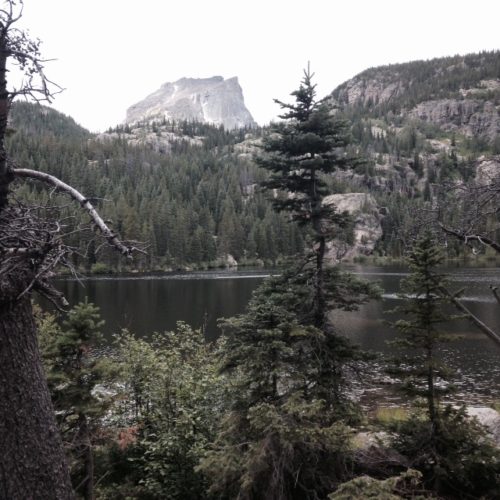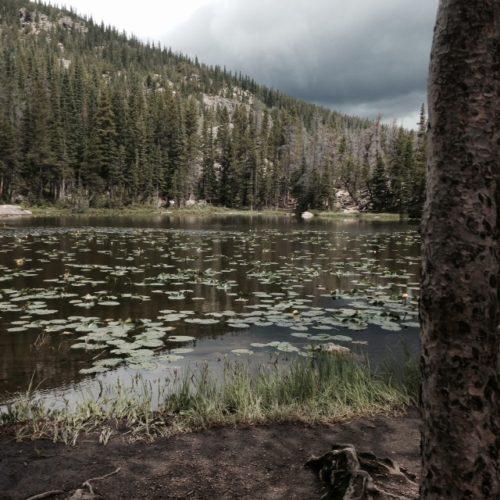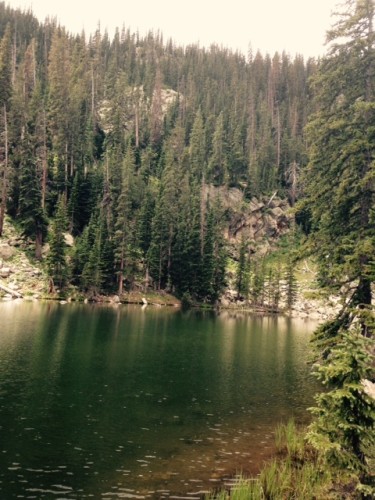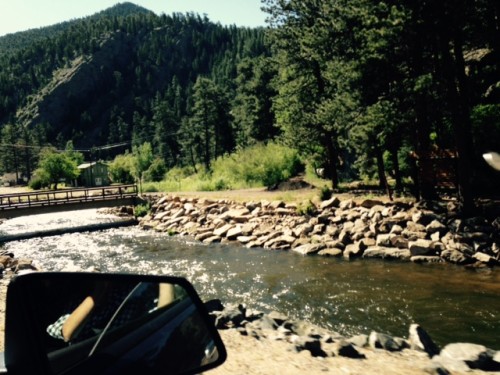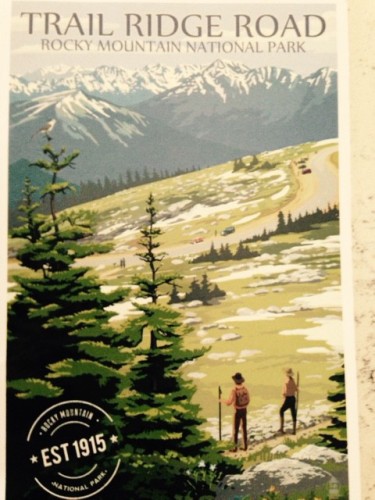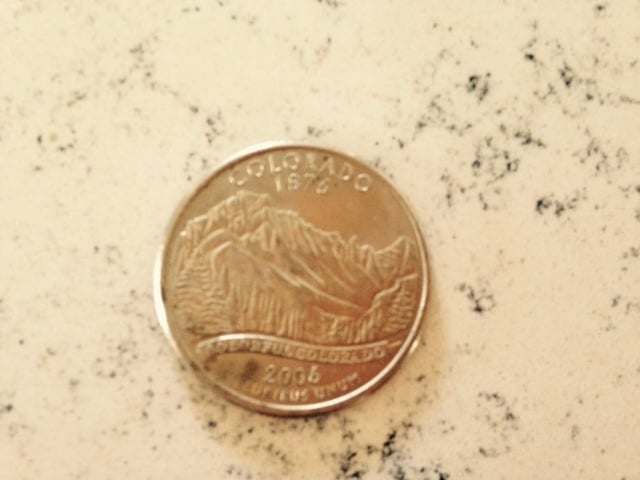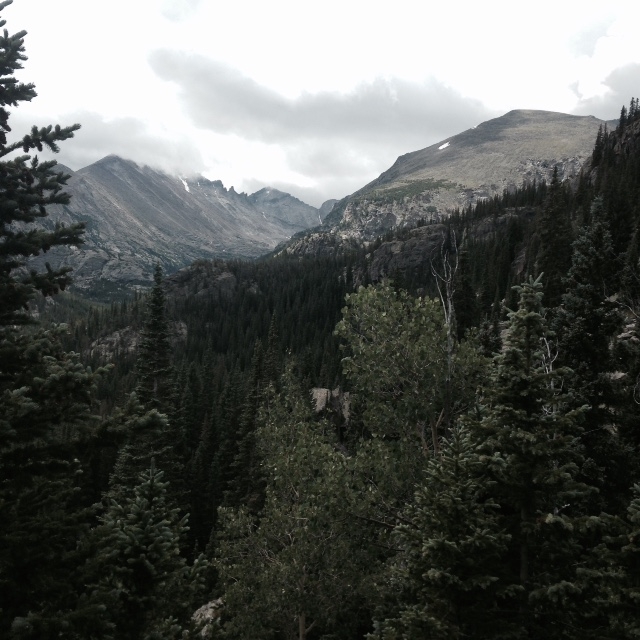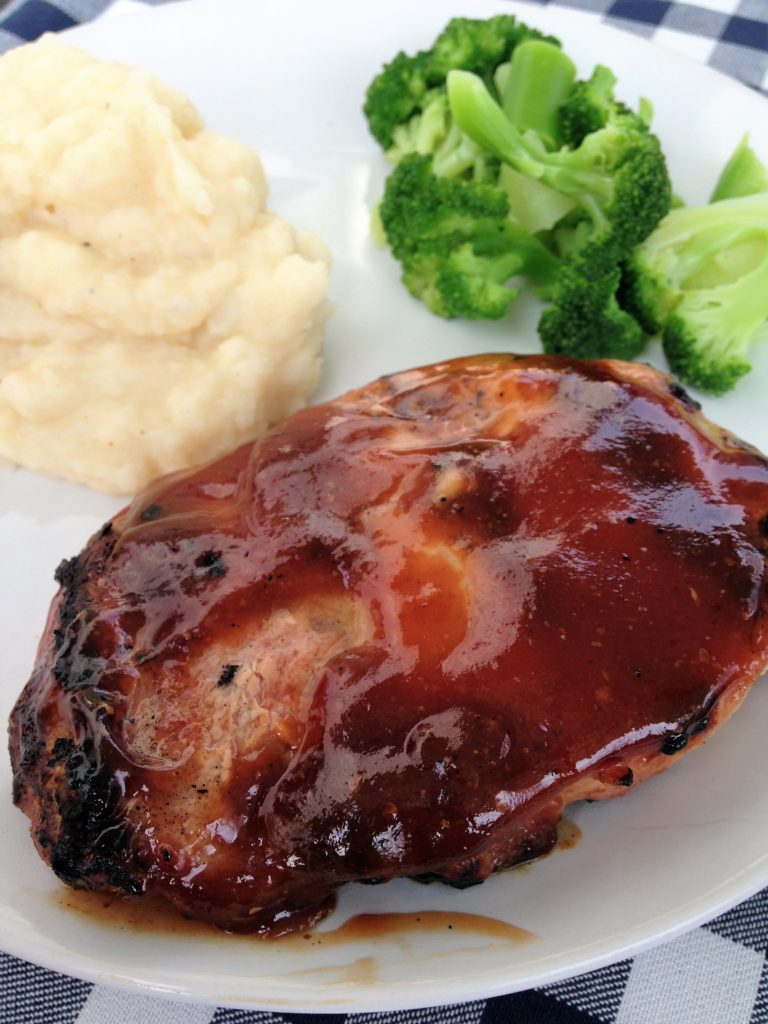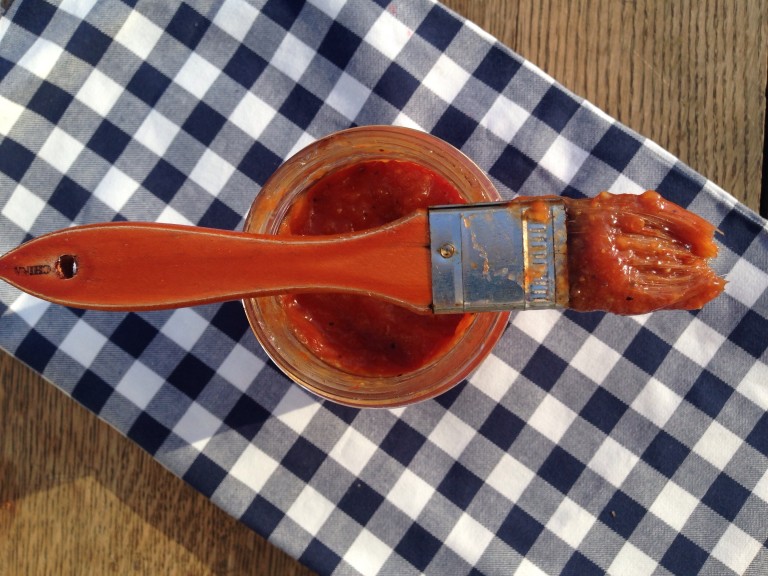Rocky Mountain National Park
Recently we went to Estes Park, Colorado. We were in awe of the rushing waters of the Big Thompson and the scenic views with dramatic granite outcrops. We were impressed with the endless recreational possibilities the area has to offer.
On our 10 hours + travel through the llllong state of Nebraska, I listened to some geologic commentary, and brushed up on a few history lessons en route. The Loess Hills, which are made of a “sugary-clay” like silt deposit were created essentially from a dust storm. The only other place in the world with this type of a geologic formation is in China.
The Platte River runs from West to East through the entire state of Nebraska and originates in Wyoming and Colorado. The river was used for traveling and recreation and primarily now follows I-80. Thousands of buffalo (American bison) would roam and migrate close to this water source. The Pawnee Indian used them for their meat and fur to make it during the long harsh winters.
The Ogallala Aquifer is one of the world’s largest aquifer’s. It spans throughout most of the Great Plains and is 400 feet at it’s deepest point. The aquifer itself supplies 80% of the area’s drinking water supply. The water is gradually decreasing over time. Once it becomes fully depleted, it will take as much as 6,000 years to replenish through natural rainwater (Wikipedia).
Once we arrived in Estes Park, Rocky Mountain National Park and Trail Ridge Road were two of our ultimate destinations. As it turns out, RMNP celebrates it’s centennial this year!
We set forth by car winding through the steep park road. I had to move my center of gravity toward the middle of the vehicle to escape vertigo at times. I later learned that the tall skinny wood sticks along the sides, were not a means for safety, but rather determining the edge of the road in the winter months. Aha! As we were nearing the peak, we were about 12,000 miles above sea level – over 2 miles! There was still a skiff of snow on some of the mountain tops. The temperature had dropped almost twenty degrees from the foot of the mountain. The weather changes quickly, and thunderstorms are common – however they don’t last long. By the time we had reached the end of the trail, we found the charming town, Grand Lake and it’s body of water a beautiful surprise! It is ringed by mountains and evergreens with a glassy blue water basin. We stayed and enjoyed an afternoon picnic by the water.
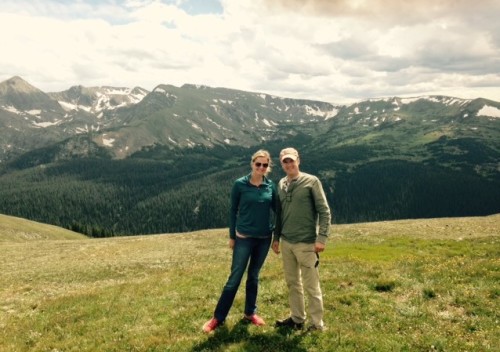
On another occasion, we traveled by foot around the Bear Lake area. As we walked around Bear Lake, you could view Long’s Pass -which can be found on the back of a Colorado quarter. We enjoyed hiking from Bear Lake to Nymph Lake filled with lily pads, then along the serene Dream Lake, and then finally Emerald Lake. Once we arrived at Emerald Lake the temperature dropped quickly and dark clouds rolled through – pea sized hail came down – but it only lasted a few minutes. Phew! We saw elk with large antler racks and some without. The lakes were so clear you could easily see the silvery spotted trout swimming. It was picturesque – to say the least – we hope to be back again!
